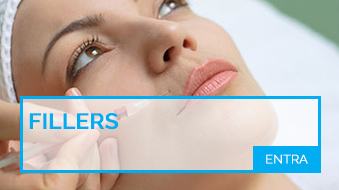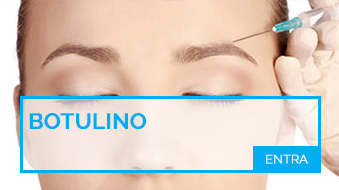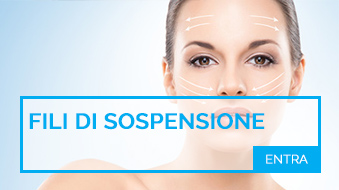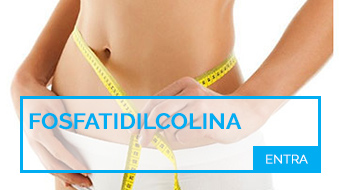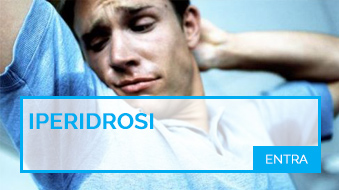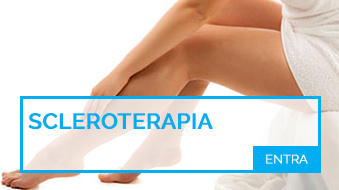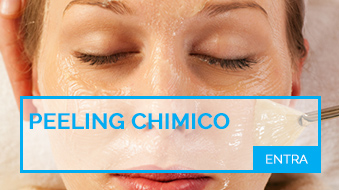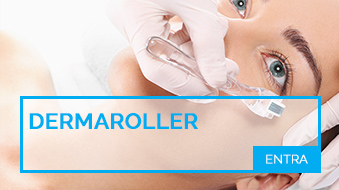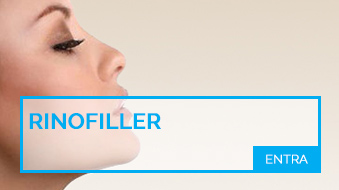I am having a rhinoseptoplasty in a month . If I were to get botox injections for periocular wrinkles or aptos threads in the same area now, would it create complications during the operation?
As for Botox, there is absolutely no problem. Just wait 7 days for the pharmacological effect to reach 100% and to avoid migration due to manipulation. As for the subcutaneous traction wires, they are certainly not recommended before surgery due to the risk of wire breakage during the operation. You can consider inserting the wires directly on the day of the operation after the rhinoplasty or, better still, wait a month after surgery and then do the treatment.
Can slow absorption fillers be used on the face and lips? What is the absorption time?
The fillers employed today are all based on hyaluronic acid (pure, with no other molecules). Depending on the density of the product, the filler will last for up to a year or more. The desired density of hyaluronic acid is obtained by binding together multiple molecules with cross-bridges through a technology called cross-linkage. The obtained product is a gel of variable density. This hyaluronic acid is denser and must be injected more deeply. In other words, for cheekbones you can use products that last over a year. For fine wrinkles or lips, we use less dense fillers that last 6 to 10 months. However, the lasting power depends on how each patient reabsorbs hyaluronic acid, on how active the hyaluronidase enzyme is.
Five years ago I had a liposuction but unfortunately I have a dip on my left thigh and some fat on the love handles. Can the issue be solved with phosphatidylcholine?
As for the dip, it cannot be corrected with lecylysis (phosphatidylcholine) ,it will require lipofilling. For the residual love handles, if of very modest size, an outpatient treatment with phosphatidylcholine can be attempted, otherwise the most indicated solution would be a new liposculpture, through which the adipose tissue could also be harvested for lipofilling.
I had three sessions of phosphatidylcholine injections on the coulottes de cheval and I still haven't noticed any results. Are the results immediate or is the drug still working and requires more time?
Phosphatidylcholine is a common phospholipid element of cell membranes ,it has the ability to stabilize them. The alleged "lipolytic" effect of subcutaneous injections of phosphatidylcholine does not yet have precise scientific evidence and is still disputed by many. In my experience, I can safely say that lipolysis does indeed occur ,even if with mild effects, and the response varies from patient to patient (in the order of 30-40%).
Let's say that for small / very small corrections of localized adiposity, if you respond well to the treatment, you can get satisfactory results.
A certain result can NOT be guaranteed by anyone, mind you. The treatment is therefore interesting and is a viable option for its low cost, the absence of risks and the ability to resume normal activities immediately.
After 2-3 treatments 20-30 days apart, if no results are seen, it makes no sense to continue. In this case it would be better to consider a small localized 3D liposculpture with safe and immediately visible results.
I hear that Botox treatment is irreversible and leads to permanent paralysis! Is it true?
The information is false. Botox has a maximum effect of 4/6 months and in fact it begins to yield in intensity in a couple of months before losing its effectiveness altogether. The product does not "paralyze", but relaxes small, extremely targeted areas in the facial muscles responsible for creases and wrinkles. If executed well, it is a safe and highly satisfying treatment. That’s why it’s still the most performed aesthetic medicine treatment.

